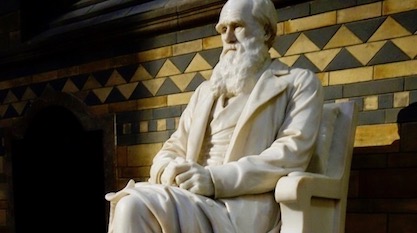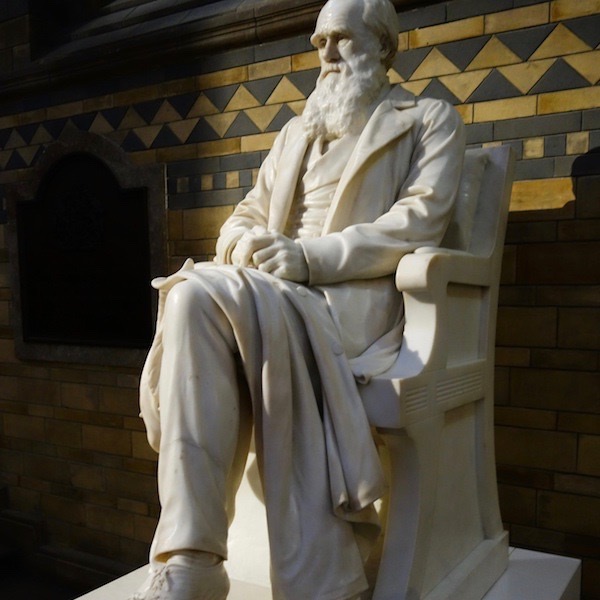 Evolution
Evolution
What Your Biology Teacher Didn’t Tell You


Greg Mayer at Jerry Coyne’s website (Why Evolution Is True) posed study questions for learning about evolution. Evolutionists have responded in the “Comment” section with answers to some of the questions (see here, here, and here). Here is what I posted there in response:
Well, the very first question is question begging:
“Why is the concept of homology crucial for even being able to talk about organic structure?”
It isn’t. We are “able to talk about organic structure” without reference to homology. In fact, if you are interested in biology, you can do more than merely talk. Believe it or not, you actually can investigate how organic structure works, without even referencing homology. The question reveals the underlying non-scientific Epicureanism at work. This is not to say homology is not an important concept and area of study. Of course it is. But it is absurd to claim it is required even merely to talk about organic structure. Let’s try another:
“What is Darwin’s explanation for homology?”
Darwin’s explanation for homology is that it is a consequence of common descent. He repeatedly argues that homologous structures provide good examples of non-adaptive patterns as well as disutility, thus confirming common descent by virtue of falsifying the utilitarianism-laden doctrine of creation. See for example pp. 199-200 [in On the Origin of Species], where Darwin concludes:
“Thus, we can hardly believe that the webbed feet of the upland goose or of the frigate-bird are of special use to these birds; we cannot believe that the same bones in the arm of the monkey, in the foreleg of the horse, in the wing of the bat, and in the flipper of the seal, are of special use to these animals. We may safely attribute these structures to inheritance.”
Pure metaphysics, and it ignores the enormous problem that non-adaptive patterns cause for evolutionary theory. Oh my. Well, let’s try another:
“How does Darwin’s account of serial homology (the resemblance of parts within an organism, for example, the forelimbs to the hindlimbs, or of a cervical vertebra to a thoracic vertebra) depend on the repetition of parts or segmentation?”
Hilarious. It’s a wonderful example of teleology, just-so stories, and metaphysics, so characteristic of the genre, all wrapped up in a single passage (pp. 437-8). Darwin goes into a typical rant on how designs and patterns (serial homologies in this case) absolutely refute utilitarianism. “How inexplicable are these facts on the ordinary view of creation!,” he begins. Pure metaphysics.
He then provides a just-so story about how “we may readily believe that the unknown progenitor of the vertebrata possessed many vertebræ,” etc., and that like any good breeder, natural selection “should have seized on a certain number of the primordially similar elements, many times repeated, and have adapted them to the most diverse purposes.”
Seized on? Wow, that natural selection sure is good — long live Aristotelianism. Gotta love this mythology.
But when I posted these few relevant thoughts, they were, after briefly appearing, quickly deleted. That’s unfortunate because these facts would help Coyne’s readers to understand evolution.
Photo credit: Charles Quine, via Flickr.
Cross-posted at Darwin’s God.
